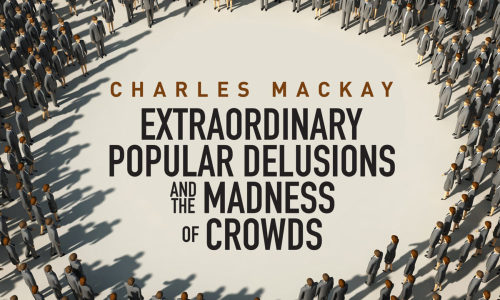How to Persuade Your Negotiating Partner
How do you get the other side to see the point you are trying to make? The natural temptation is to think: facts and analysis will persuade them. Wrong!
That’s the message of a new book by William Bernstein who is an MD with a PhD in chemistry who went on to be an investment advisor. In his The Delusions of Crowds, he writes, “people do not employ the powerful human intellect to dispassionately analyze the world, but rather to rationalize how the facts conform to their emotionally derived preconceptions.” Or, put another way, storytelling trumps analysis – narratives, not facts and analysis, carry the day. It is discouraging but revealing to read how modern psychological studies have confirmed the insights of novelists and historians that “when presented with facts and data that contradict our deeply held beliefs, we generally do not reconsider.”
Bernstein writes about financial and religious mania (and does not touch politics). In many ways, he is updating the still in print 180-year-old book by Charles Mackay, Extraordinary Popular Delusions and the Madness of Crowds, which remains popular with those studying stock markets.
What both Bernstein and Mackay show is that you as a negotiator cannot count on shaking the deeply held erroneous views of the other side. Your best bet for influencing how they think about an issue is to tell a story, that is, provide a convincing narrative rather than statistical analysis based on stacks of data. Do not count on the other side to know where its best interests lie. You need to make them feel comfortable with the story you are telling.
For a good summary of Bernstein’s thesis, see Robert Kaiser, Why false narratives so often trump reality.

